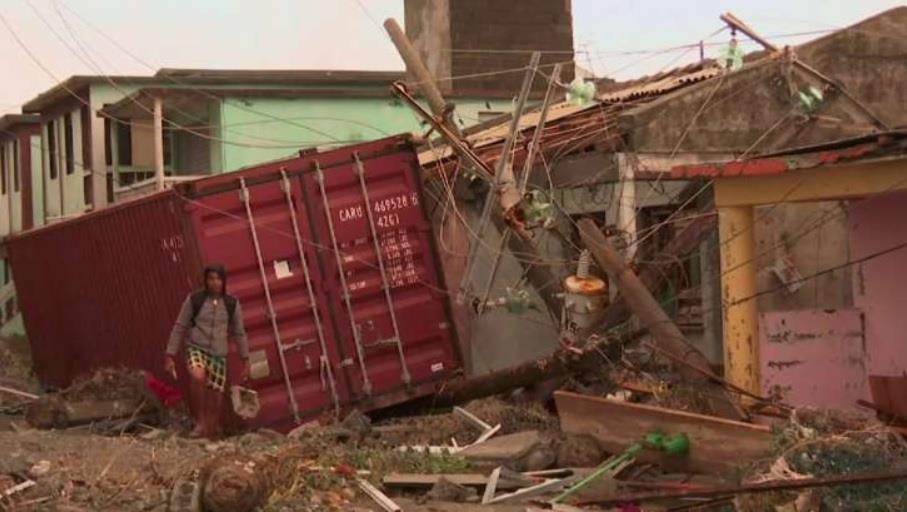January 15, 2018

Screen capture of Hawaii's alert sent Jan. 13, 2018. – Caleb Jones, AP
January 15, 2018

Screen capture of Hawaii's alert sent Jan. 13, 2018. – Caleb Jones, AP
A Hawaii emergency management employee was reassigned and the state agency he works for has received death threats amid fallout from the botched ballistic missile alert that triggered panic across the island paradise, officials said Monday.
The 10-year employee has been temporarily reassigned, pending an investigation into the incident, to a job that "does not provide access to the warning system," the Hawaii Emergency Management Agency said in a statement.
The agency created to protect the lives of Hawaiians now must also deal with death threats. Emergency management spokesman Richard Rapoza confirmed to USA TODAY that the agency received the threats via anonymous telephone calls.
"We understand that members of our community are angry about Saturday's false alarm, and we are looking at these messages as individuals blowing off steam," Rapoza said in a statement. "While we take any threat against our personnel seriously, we are doing our best not to escalate the situation."
Hawaii is about 4,500 miles from Pyongyang, and the vocal military threats from North Korean leader Kim Jong Un are taken seriously by state officials. The state has been working to upgrade the missile warning program.
The chaos began Saturday at 8:05 a.m. during a routine internal test involving the state's much ballyhooed Emergency Alert System. But the employee hit the live-alert button by mistake, and at 8:07 a.m. this alert was erroneously pushed to cell phones across the state: "Missile threat inbound to Hawaii. Seek immediate shelter. This is not a drill."
Three minutes later, the agency had confirmed that there was in fact no missile threat. Police were quickly notified and social media announced the mistake. But the text explaining the error wasn't sent for 38 minutes, in part because no such text had been pre-scripted.
The result was controlled bedlam as Hawaiians dashed for cover, hid in their basements and reached out to friends and loved ones. In Manoa, the Durkin family huddled into an underground bunker built in their home after the attack on Pearl Harbor in 1941.
"We just started throwing supplies into the bomb shelter and closed the top and got on our phones to look for updates," Paraluman Stice-Durkin told Hawaii News Now.
We must also do what we can to demand peace and a de-escalation of tensions with North Korea.
Again, on behalf of the State of HI, I apologize for yesterday’s events and any hardship and inconvenience this created for you, your family and loved ones.
Sincerely,
Gov. David Ige
— Governor David Ige (@GovHawaii) January 14, 2018
Gov. David Ige quickly issued an apology for the alert.
"I am sorry for the pain and confusion it caused," he said. "I, too, am extremely upset about this and am doing everything I can do to immediately improve our emergency management systems, procedures and staffing."
Changes are already underway. Alerts now will require activation and verification by two people, the agency said. And a cancellation command has been written and can be issued within seconds of an error.
President Trump even weighed in, suggesting that federal officials will become more involved in Hawaii's notification program. And Federal Communications Commission Chairman Ajit Pai said his agency is investigating.
"Based on the information we have collected so far, it appears that the government of Hawaii did not have reasonable safeguards or process controls in place," Pai said. "Moving forward, we will focus on what steps need to be taken to prevent a similar incident from happening again."
Courtesy/Source: USA Today
















































































































